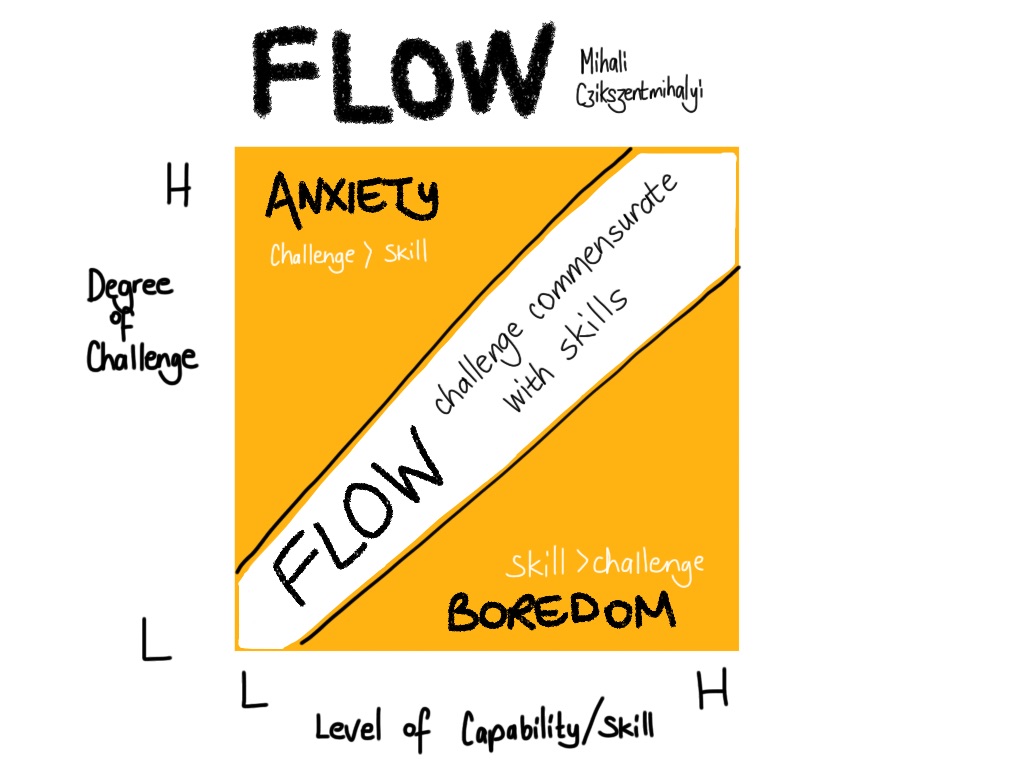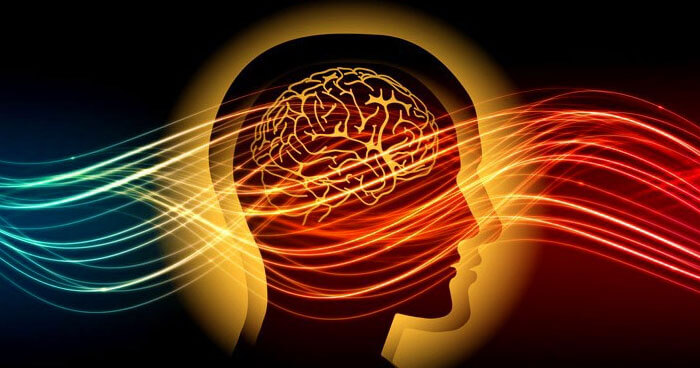
If you’ve ever skied powder or pushed your athletic ability in an action sport – or even played on a sports team – you’ve more than likely experienced a flow state. A flow state is only accessed when you are completely focused and in the zone, often when risk or consequence is involved. It produces a feeling that conquers all other feelings and allows you to perform at your best – physically and mentally.

Positive psychologist Mihály Csíkszentmihályi was the first person to coin the term flow in the late 1960s. His research led him to discover the flow state, an “optimal state of consciousness where we feel our best and perform our best.”
It has been proven that flow contributes to overall human happiness and well-being. As skiers, we sure as hell know what it feels like after you ski an incredible line of deep pow or perhaps steep and technical terrain where your abilities and being pushed and your heart can’t help but race with excitement. The lines where the inner chatter in your mind is silent, and you are completely and utterly dialed into the run in front of you, engaged and flowing down the mountain with a meditative charge. Flow is necessary to truly heighten your ability with any demanding activity.

Thanks to modern neuroscience, we now understand a distinct pattern in the brain about how a flow state is induced. Flow states are induced via interactions between 5 different neurotransmitters within the human brain. The neurotransmitters are:
Dopamine – When you first enter into flow, dopamine floods your brain. It increases attention, information flow, and pattern recognition. It is essentially a skill booster.
Norepinephrine – This speeds up heart rate, muscle tension, and respiration. It triggers a glucose response, so we have more energy, increasing arousal, attention, neural efficiency, and emotional control, thus producing a high.
Endorphins – Rooting from the word “endogenous,” meaning naturally internal to the body, endorphins relieve pain and induce pleasure. They function similarly to opioids. However, the feeling attained from endorphins is up to 100 times more powerful than morphine.
Anandamide – Stemming from the Sanskrit word for “bliss,” Anandamide is an endogenous cannabinoid and feels similar to the psychoactive effect found in marijuana. Anandamide is released in exercise-induced flow states, elevates mood, relieves pain, dilates blood vessels, and aids in respiration. It has also been proven to amplify lateral thinking – the ability to link disparate ideas together.
Serotonin – At the end of a flow state, serotonin fills the brain producing an “after-glow” effect. This leaves you with a post-exercise feeling of bliss and is only felt once the flow state has already come and gone.
In a nutshell, these 5 chemicals make up the brain science of flow states. So the next time you’re doing whatever you do that brings you into a flow state, you can now recognize the science behind this powerful tool found within your own being.

WHAT FLOW OR PEAK EXPERIENCES ARE, HOW TO PROVE IT, AND ALL WITHOUT LONG LECTURES FROM WINDBAG PROFESSORS OR even me
Assumptions
1. Opioid systems (pleasure) are activated when the covert musculature is inactive or relaxed, and suppressed when the covert musculature is active (a state of tension).
2. Dopamine systems (attentive arousal) are activated upon the perception or anticipation of positive act-outcome discrepancy (or novelty) and are suppressed when present or anticipated outcomes are predictable or negative (boredom, depression).
3. When concurrently activated, opioid and dopamine systems can interact and co-stimulate each other, and result in self-reports of ecstatic or peak experience.
Prediction
response contingencies that induce relaxation (e.g. mindfulness protocols) and attentive arousal (e.g. meaningful behavior) will result in the co-activation of both systems with self-reports of arousal and pleasure and are subjectively reported as ‘flow’ or ‘peak’ experiences.
Proof
Self-reports of peak experiences without exception occur during states of relaxation coupled with the continuous anticipation of high and positive act-outcome discrepancy (e.g. creative, sporting, and other meaningful behavior). (pp.82-86 of linked book below). Besides being verifiable on its face, the hypothesis also provides the procedural means for its easy falsification. (pp. 47-52). To wit, simply consistently engage in mindfulness (a relaxation protocol) while consistently pursuing meaningful behavior, and you will feel alert, aroused, and feel good to boot. That’s it.
https://www.scribd.com/doc/284056765/The-Book-of-Rest-The-Odd-Psychology-of-Doing-Nothing
also at doctormezmer.com